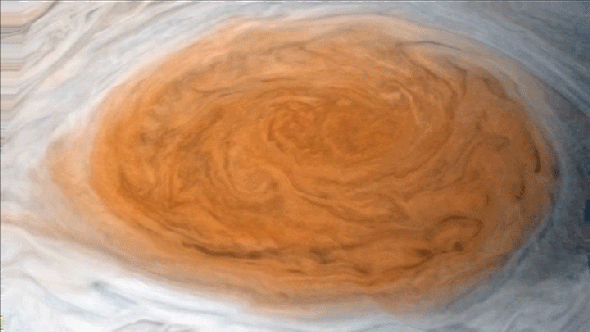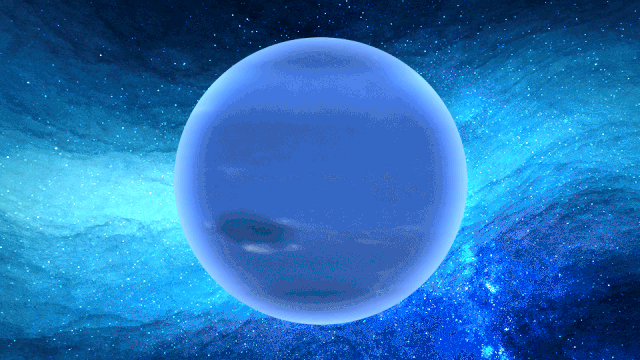I am a fan of astronomy and was a member of the astronomy club at NTHU. Among the planets in the solar system, Earth, Jupiter, and Neptune are the three that fascinate me the most and are also my research areas. I hope you enjoy learning about them!

Earth is an amazing and unique planet. One of the most interesting things about Earth is its atmosphere, which is composed of a mixture of gases that protect it from harmful solar radiation and make it possible for life to exist on its surface. This atmosphere also plays a vital role in the water cycle, which helps to regulate the temperature of the planet and support life. In addition to its atmosphere, Earth has a magnetic field that helps to protect it from solar winds and create the Northern and Southern Lights. This field is created by the movement of molten iron in the planet's outer core, and it helps to shield the planet from the charged particles that are emitted by the sun.

From the tallest mountains to the deepest oceans, Earth is a place of incredible biodiversity, with species that are adapted to thrive in a variety of different environments. In addition to its natural beauty, Earth is also a place of great scientific and technological advancement. Humans have been able to explore and learn about the planet in incredible detail, and we continue to make new discoveries about its history and processes. Overall, Earth is an amazing and fascinating place, with a rich and complex history that continues to evolve and change. It is a place that we should all cherish and protect, and it is up to us to ensure that it remains a special place for future generations to enjoy.

Jupiter is a gas giant, meaning it is made up mostly of hydrogen and helium. It is a fascinating planet to study because it can give us insights into the early history of the solar system. The planet is considered to have formed some 4.5 billion years ago, roughly when the rest of the solar system did. Jupiter is thought to have played an crucial part in the genesis of the solar system by helping to clear out small, leftover debris that was left over after the formation of the other planets.

Jupiter is also known for its strong winds and storms, which are driven by the heat that is caused by the it's fast rotation. The winds on Jupiter can reach speeds of over 600 miles per hour. Despite being so far from the sun, Jupiter is actually one of the brightest objects in the night sky. It is visible to the naked eye, and it is often visible with the naked eye even during the day. This is because the planet reflects a lot of light back into space, making it easy to spot.

Neptune is a gas giant, like Jupiter, meaning it is made up mostly of hydrogen and helium. It is also known for its distinctive blue color, which is caused by the methane in its atmosphere. Neptune is the most distant planet in the solar system, located around 2.7 billion miles from the sun. One of the most interesting things about Neptune is its atmosphere, which is made up of a number of layers that have different temperatures and wind speeds. The planet has extremely high winds, with some reaching speeds of over 1,000 miles per hour. These winds are driven by the heat that is generated by the planet's rapid rotation.

Despite being so far from the sun, Neptune is not a particularly cold planet. This is because it is able to generate its own heat through a process known as radioactive decay, which occurs when the planet's interior decays and releases energy. Neptune has only been visited once by a spacecraft, the Voyager 2, which passed past in 1989. During its flyby, the spacecraft was able to capture images of the planet and its moons, and it also collected data about Neptune's atmosphere and magnetic field. Overall, Neptune is a fascinating and mysterious planet that continues to captivate scientists and the general public alike.